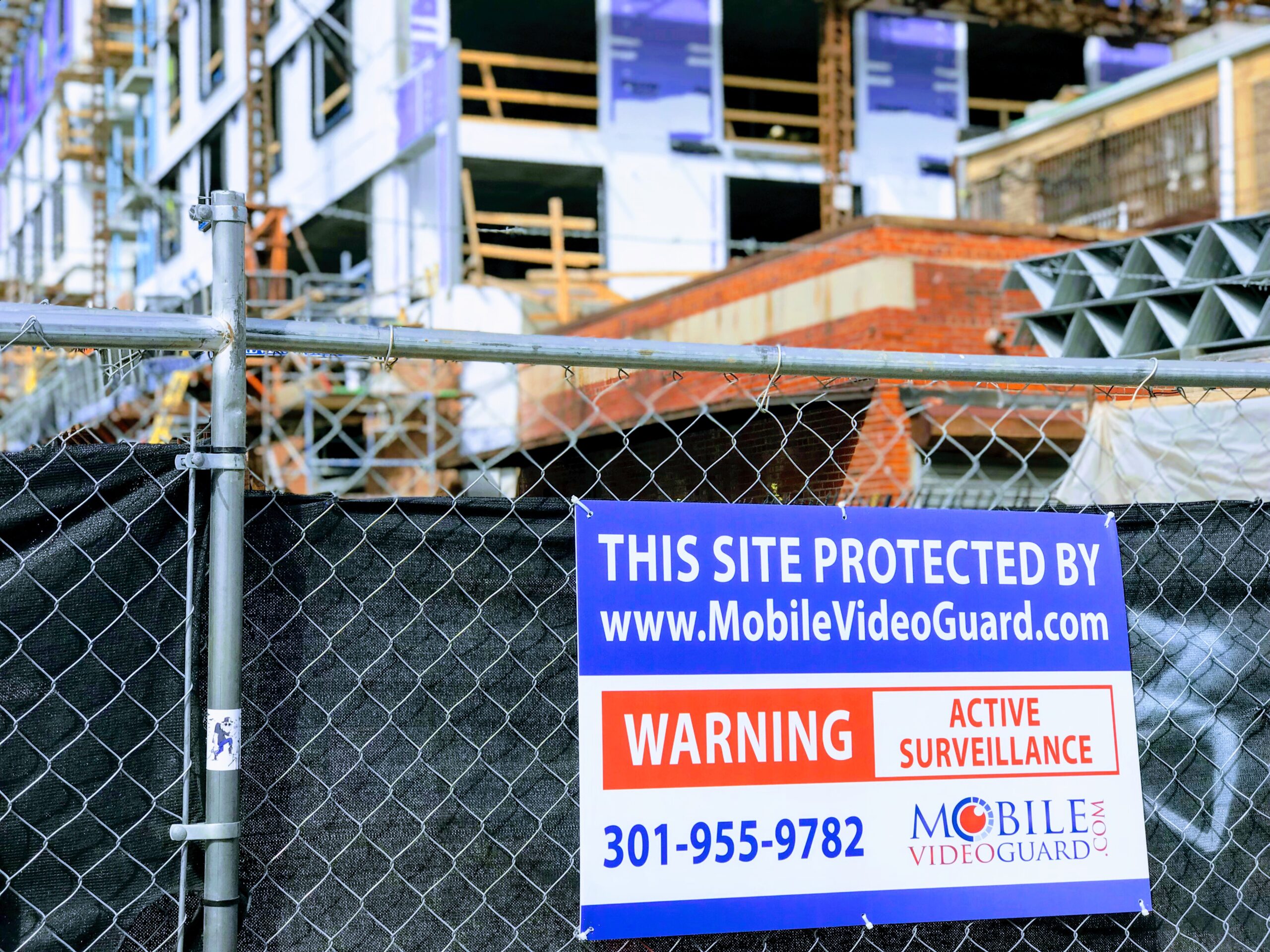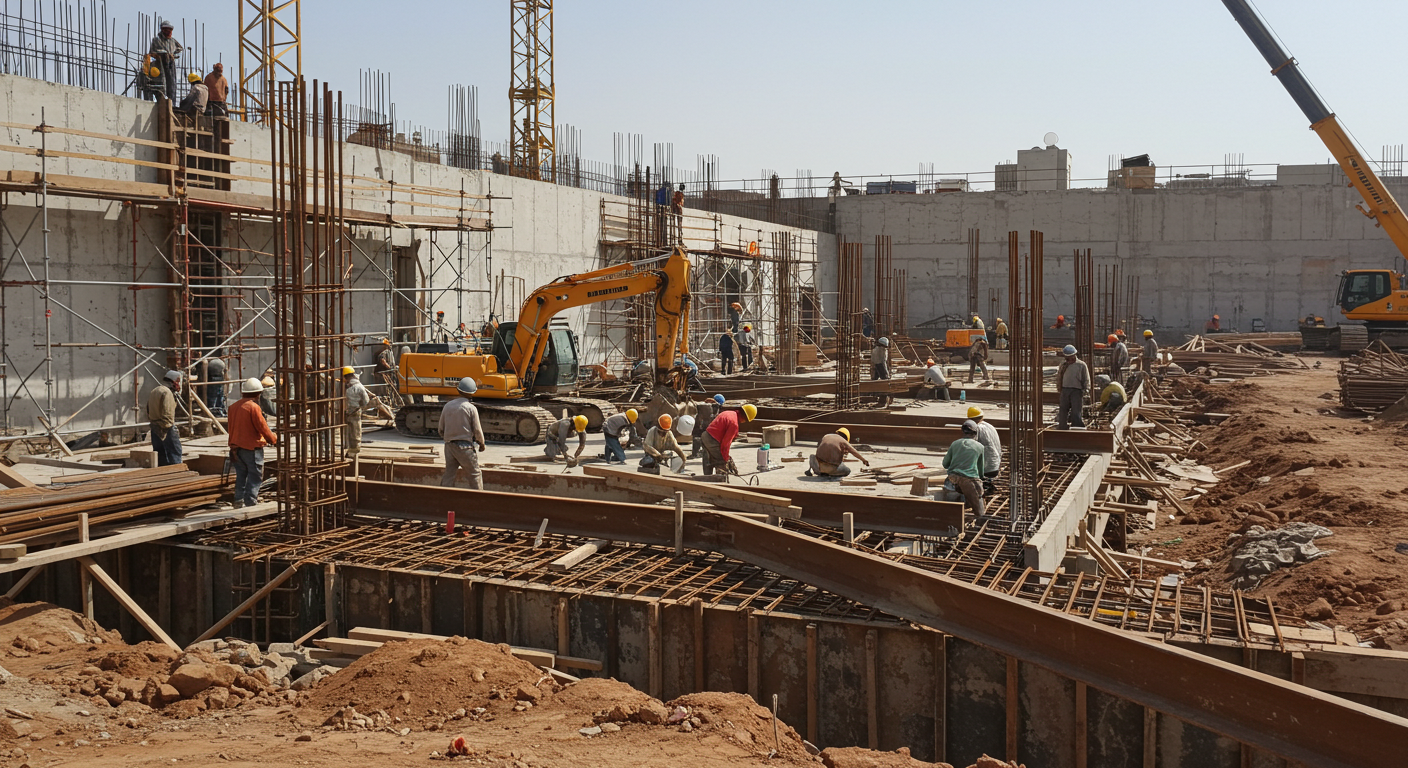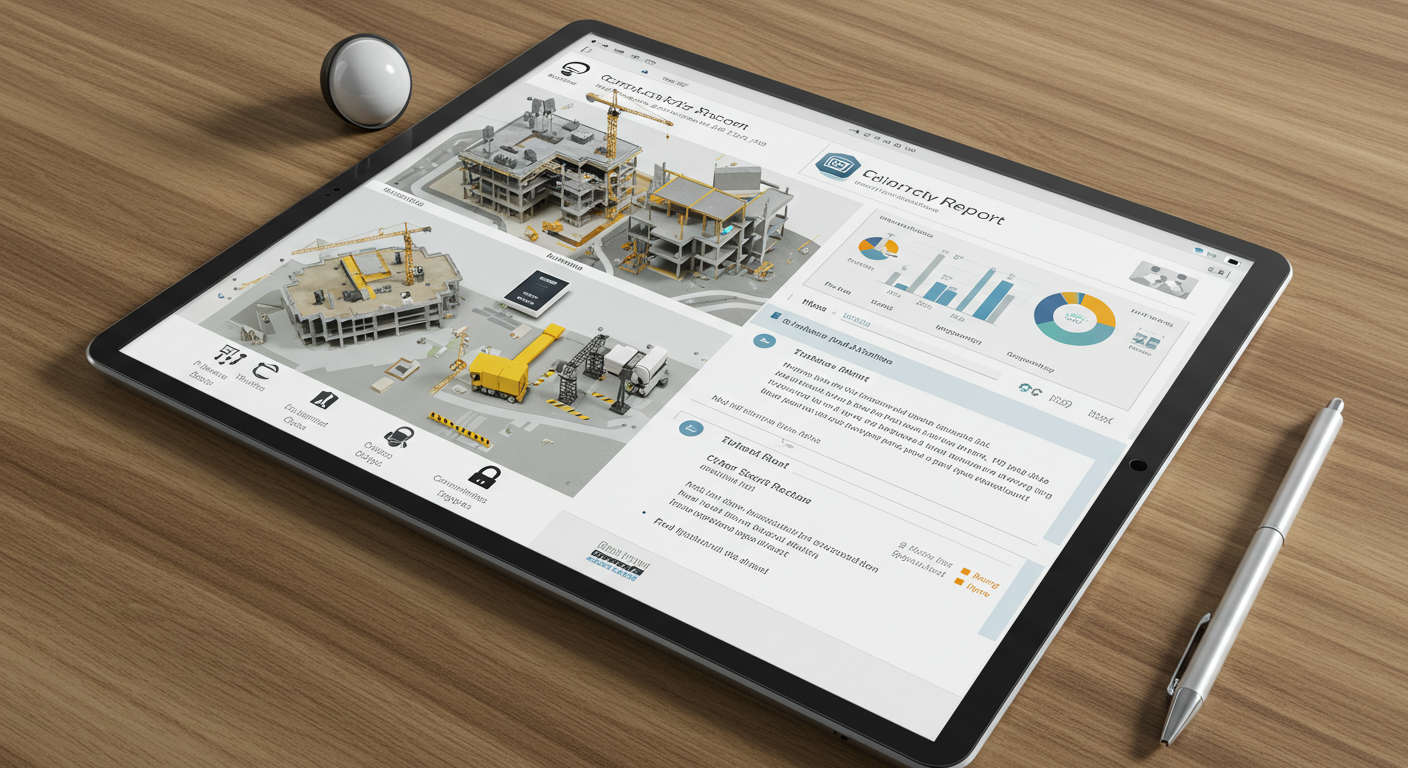Our society relies heavily on its utility infrastructure, and monitoring it for potential problems can reduce downtime while eliminating threats

We often take our utilities for granted, as we assume our phones, water, heating, electricity, and internet will work on demand whenever we need them. While it’s true that this infrastructure is usually functional, chaos can arise in situations where it stops working.Â
Many factors can cause utility disruptions in your city. Sometimes, natural disasters and other environmental conditions can create issues. In other cases, utility infrastructure security threats are to blame.Â
No matter the reason for the service disruption, utility managers need ways to monitor and prevent them as much as possible because of the damage and financial losses they can cause residents. Retailers and other businesses have to close their doors when there’s no power or water, for instance, and these scenarios can create dangerous conditions throughout the region.
Here’s a look at four potential utilities infrastructure security threats you should monitor to prevent future service disruptions.
1. Weather events
There isn’t much you can do about the weather, and when severe conditions hit your area, you could end up with damage to your utility infrastructure. Winds, floods, earthquakes, fires, and other significant issues have knocked utilities out to millions of people around the country in the past, and all you can do in those situations is try to make the repairs once it’s safe.Â
Residents are generally pretty understanding when natural disasters wipe local networks out, and no amount of monitoring can prevent these problems. However, smaller issues can arise via minor storms, and monitoring your infrastructure can provide you with an early alert to the problem. The result is a faster response and happier customers who experience minimal disruptions.Â
Of course, monitoring remote power lines, phone towers, and other infrastructure is challenging, so you’ll need to develop a creative solution to keep your eyes on these areas at all times.Â
2. Accidents
Human error is another common cause of infrastructure problems in utility networks, as accidents that cause a significant disruption can occur at any time. For example, a vehicle accident could lead to downed poles, broken cables, damaged wires, or cracked pipes that limit your ability to deliver the services your customers rely on.Â
This threat becomes even more significant when you factor in the large geographical distances that infrastructure facilities tend to cover. If your company is responsible for maintaining the water supply in a particular city, for instance, the pipes will likely extend for miles underground throughout the area. The same goes for power lines and internet cables, which are challenging to monitor because of the distance they travel.
An accident that causes a leak or break somewhere along these lines could cause major problems for your technicians. However, figuring out how to continually monitor your infrastructure ensures you know what caused the issue and where it started so you can repair it efficiently.Â
3. Theft
Naturally, not every issue you experience will come down to chance or the weather, as criminal elements could target your infrastructure because of the materials it contains. While no criminal can take off with your entire system, like a whole network of cables or a cellphone tower, there are valuable materials that these individuals could target.Â
Metals like aluminum and copper are commonly used in utility infrastructure networks, and they have resale value on the open market. If you notice some materials missing from your network, there’s a good chance a thief is targeting you.Â
Batteries are another item thieves will target, as they also have resale value. You might not even notice these backup energy sources are missing until you experience a power outage, at which time it’ll be too late to replace them.Â
Once again, monitoring your network is essential because pieces of your infrastructure could be in remote locations that your employees will rarely visit unless there’s a specific reason to do so.
4. Vandalism
Power grids around the country are often the targets of vandalism because of how much harm a long-term outage can inflict. A city without electricity will quickly grind to a halt, doing untold economic damage in the process and potentially creating a hazardous situation for citizens.Â
The same goes for water, natural gas, and other utilities, as vandals will target these networks to create a maximum amount of harm in a particular area. Terrorist attacks are another possible concern for utility infrastructure security systems, as nefarious actors could target your grid because of the havoc it will create for local officials and residents.
While monitoring every inch of your network is impossible, setting up an efficient method of watching strategically important sites around the clock could provide protection moving forward.
Identifying and monitoring threats
A significant problem in the utility infrastructure security realm is the sheer size of these networks. A security team can’t monitor these sites around the clock because the expense of hiring workers and getting them to these remote locations is often prohibitive.Â
Therefore, the solution is to develop a method for monitoring this utility infrastructure without having workers on-site 24/7.Â
Video surveillance is one way to keep eyes on your vital utility infrastructure without physically being there. These systems ensure you have cameras installed in strategic positions throughout the network, so you can keep an eye out for intruders and protect your infrastructure. The result is less downtime and a better response to infrastructure security threats.
Let the Video Surveillance Pros Monitor Your Infrastructure
Mobile Video Guard is a remote security expert that can create a customized solution to protect your utility infrastructure network. Our experienced team will tailor a video surveillance package to protect your sites, giving you the ability to react quickly when there’s a problem. Visit the Mobile Video Guard website to get a quote today.



